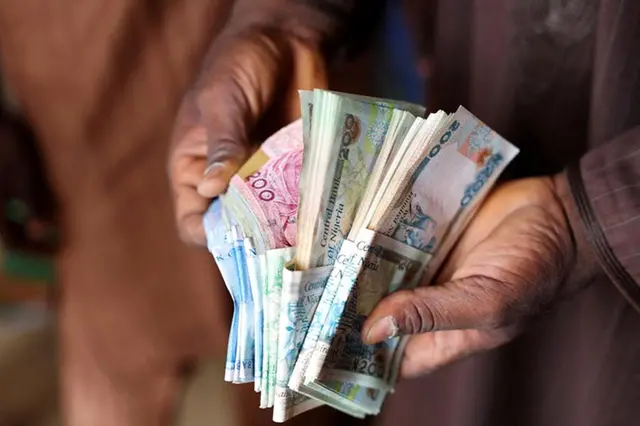
Nigeria’s total external debt service payments increased by 74 percent year-on-year (y/y) to almost $1.4 billion in the third quarter (Q3) 2023, according to data from the Debt Management Office (DMO).
In terms of the split, the external debt service consists of $952 million and $438 million in the market and non-market debt, respectively.
Stakeholders said the debt service burden is not light, given the Federal Government’s constrained fiscal space, characterised by the prevailing low oil production of around 1.3 million barrels per day (excluding condensates) compared with historical levels of over 1.7 million barrels per day (mb/d), and, at times, surpassing 2m b/d. Additionally, the volatility in the naira exchange rate poses substantial risks to the country’s external debt obligations.
Related PostsUnilever Nigeria records 51% growth in turnover in 2023Addressing insecurity in NigeriaNigeria’s problems require spiritual solutions — Ex-aide to Kwara gov
The sharp y/y rise in total debt service costs is due to the redemption of the $500 million July 2023 Eurobond, and principal repayments of $269 million to multilateral and bilateral lenders.
It is worth noting that debt service payments tend to peak in Q1 and Q3, aligning with the concentration of FGN bond issued during these quarters.
On a nine months ‘23 basis, the FGN’s external debt service payments amounted to almost $2.7 billion or an increase of 22 percent y/y. A breakdown of the amount shows $1.6 billion and $1.0 billion in market and non-market debt payments, respectively.
Highlights from the 2024 budget reveal a nine months 2023 external debt service cost of N1.2 trillion, constituting roughly 21 percent of the overall debt service cost during the period. The external debt service-to-revenue ratio was about 13.7 percent.
Excluding principal repayments, the interest and fee payments during Q3 ‘23 amounted to $622 million, implying an annualised average interest rate of about 5.97 percent, broadly comparable with 6.0 percent for full year 2022.
The external debt service cost will remain in single digits because concessional loans from multilateral and bilateral lenders comprise around 63 percent of the total external debt stock.
Looking ahead, available records show an escalation of the external debt service burden in local currency terms, driven by the downward pressure on the naira exchange rate, pose a potential threat to the nation’s fiscal robustness and economic stability.
Source: zawya








